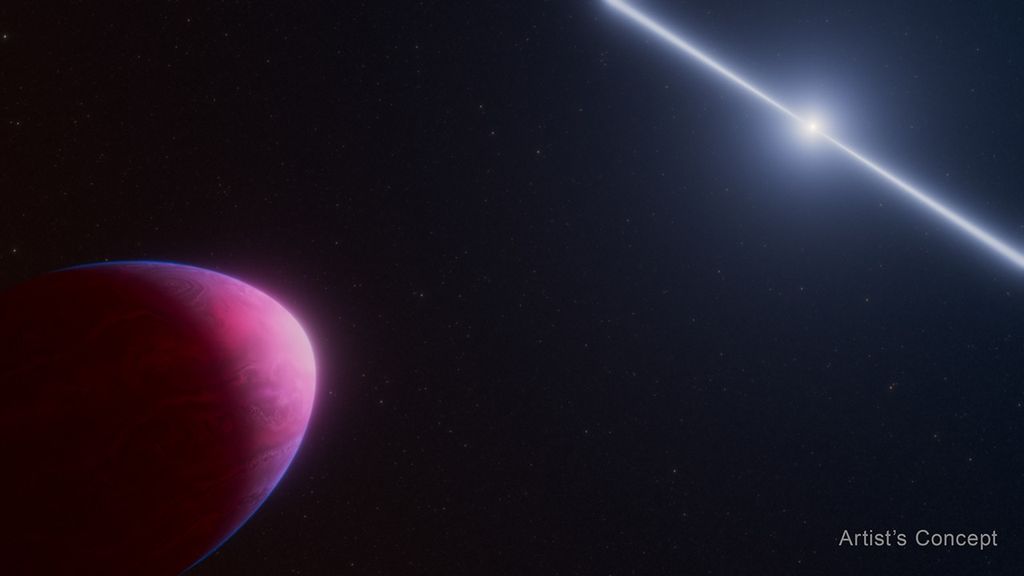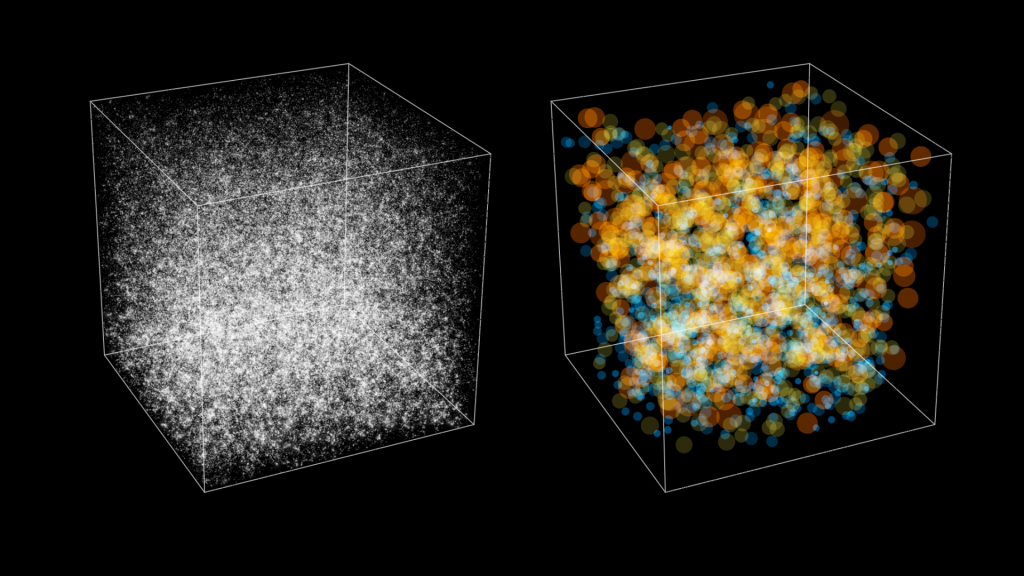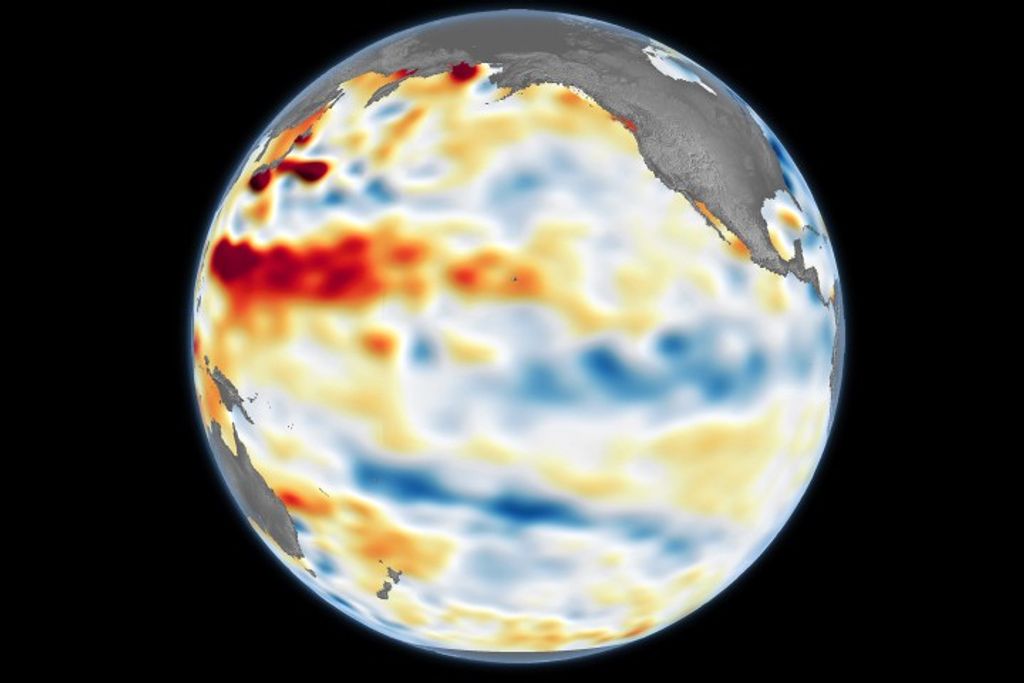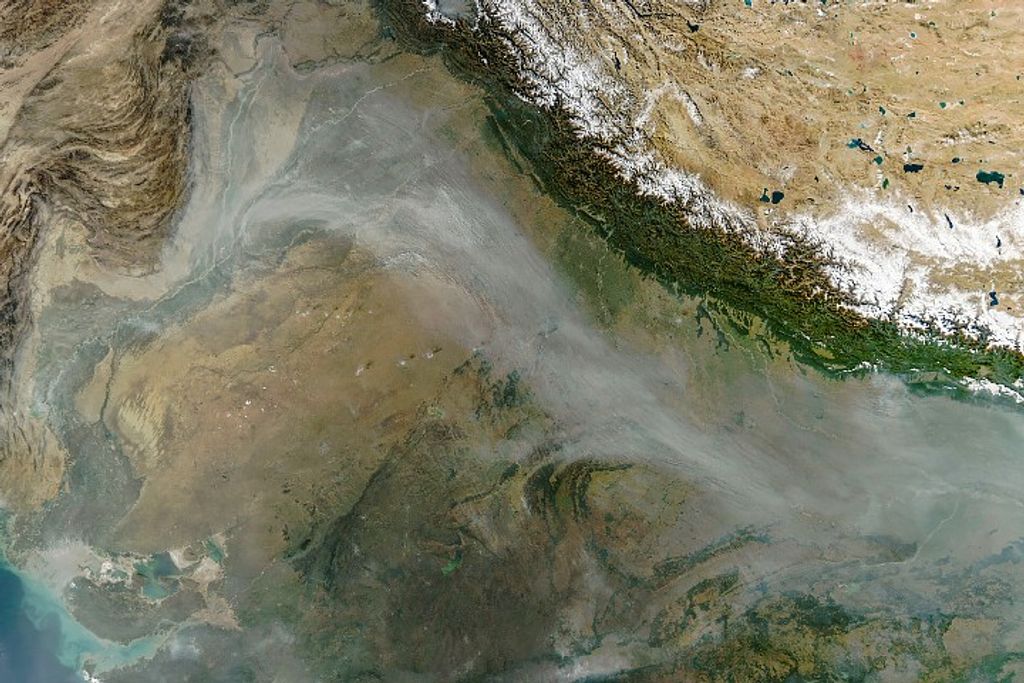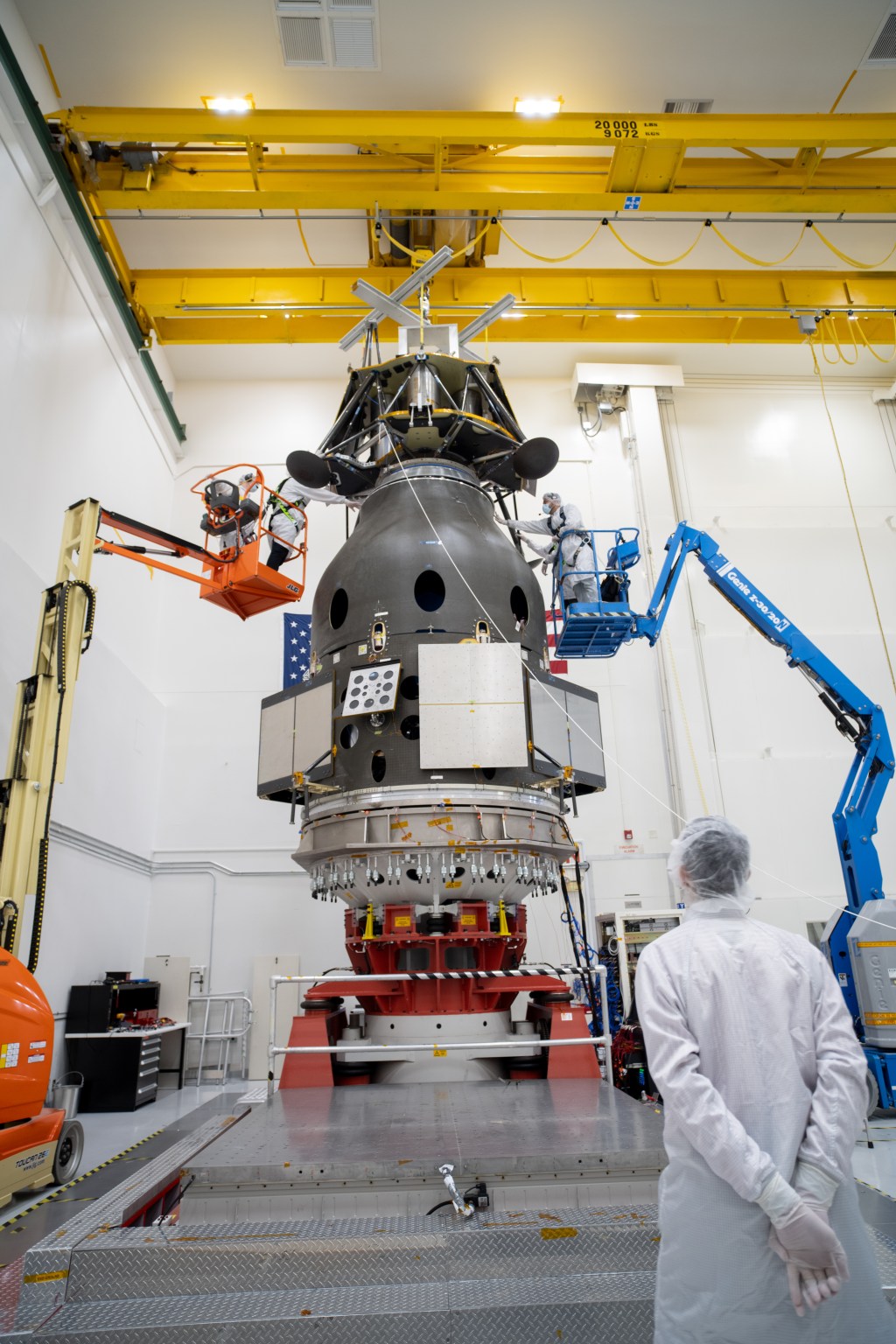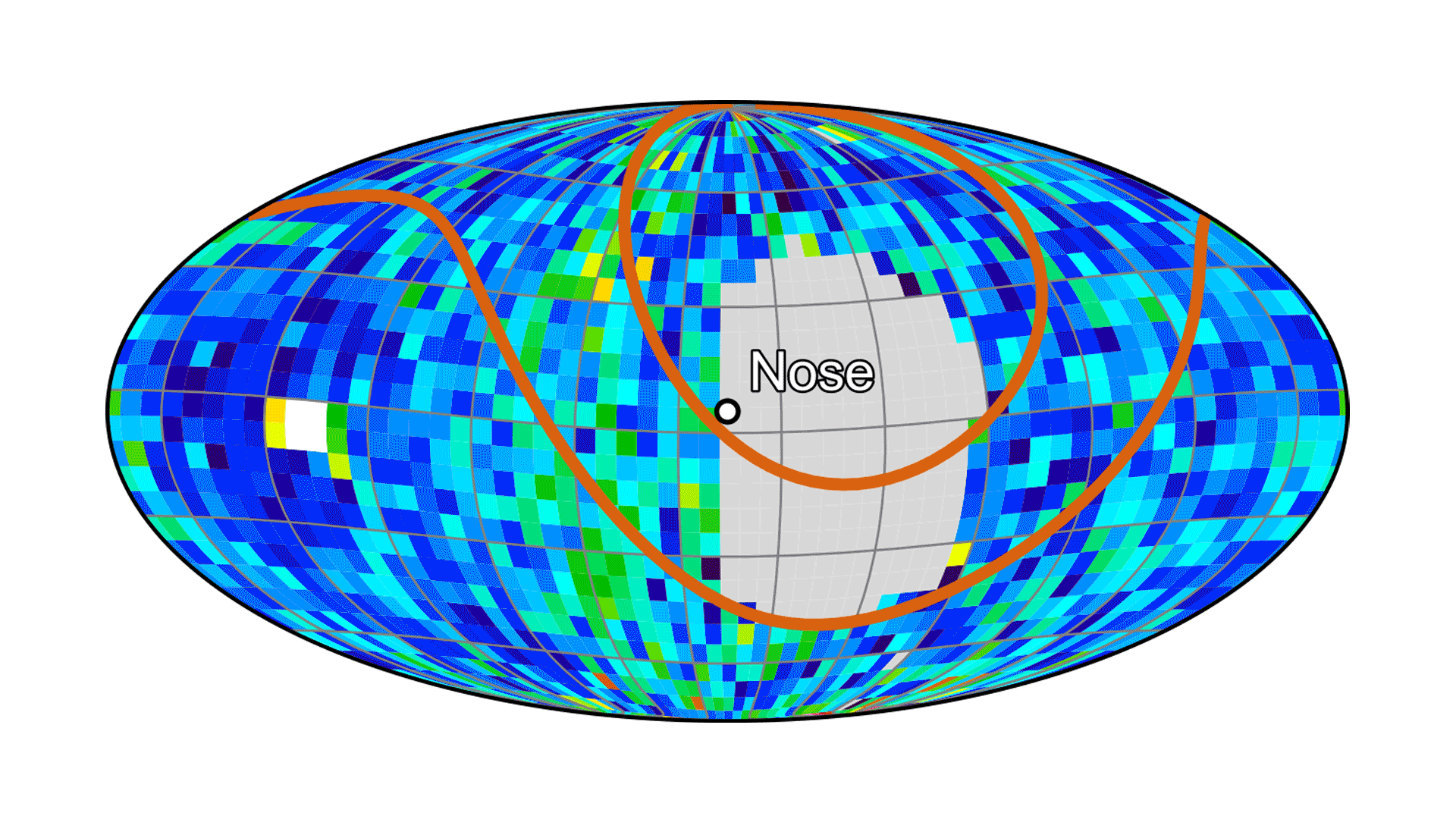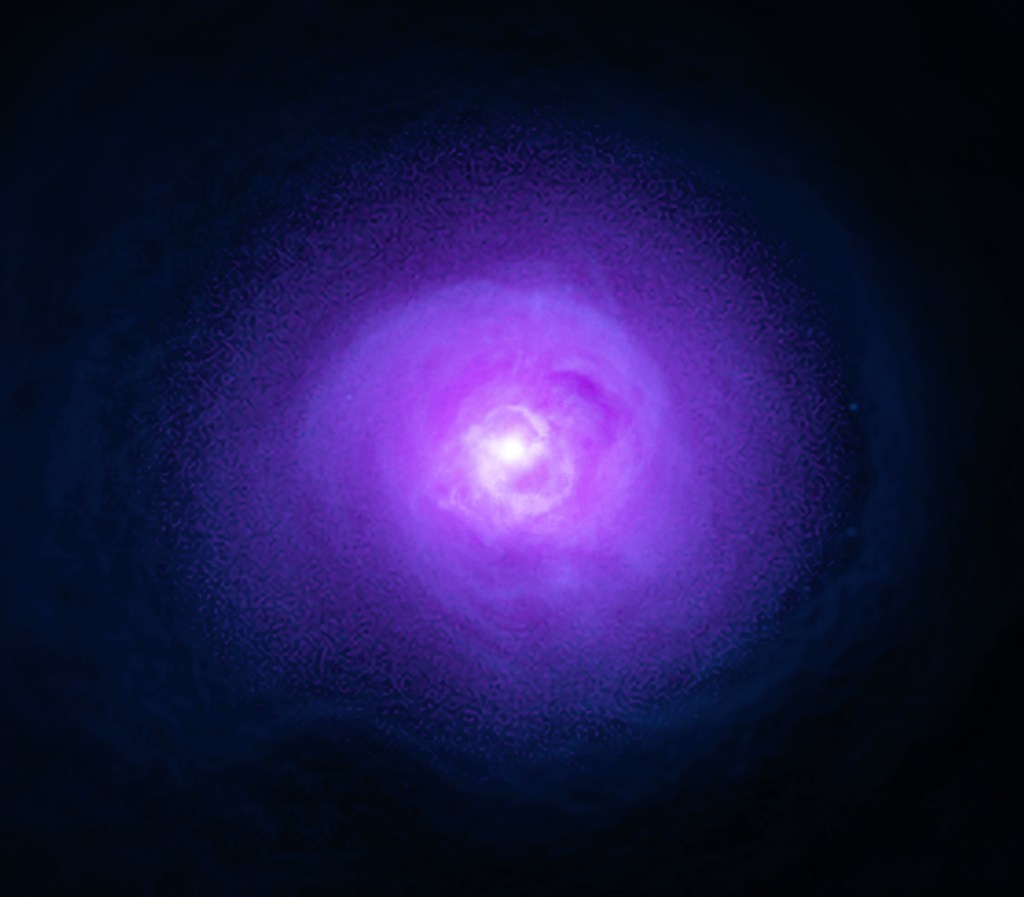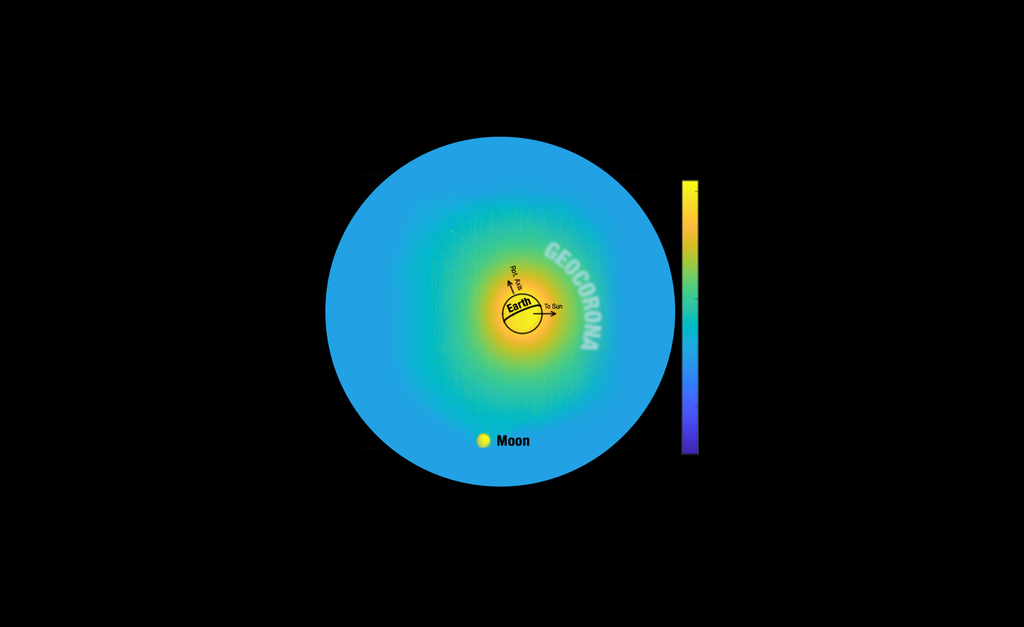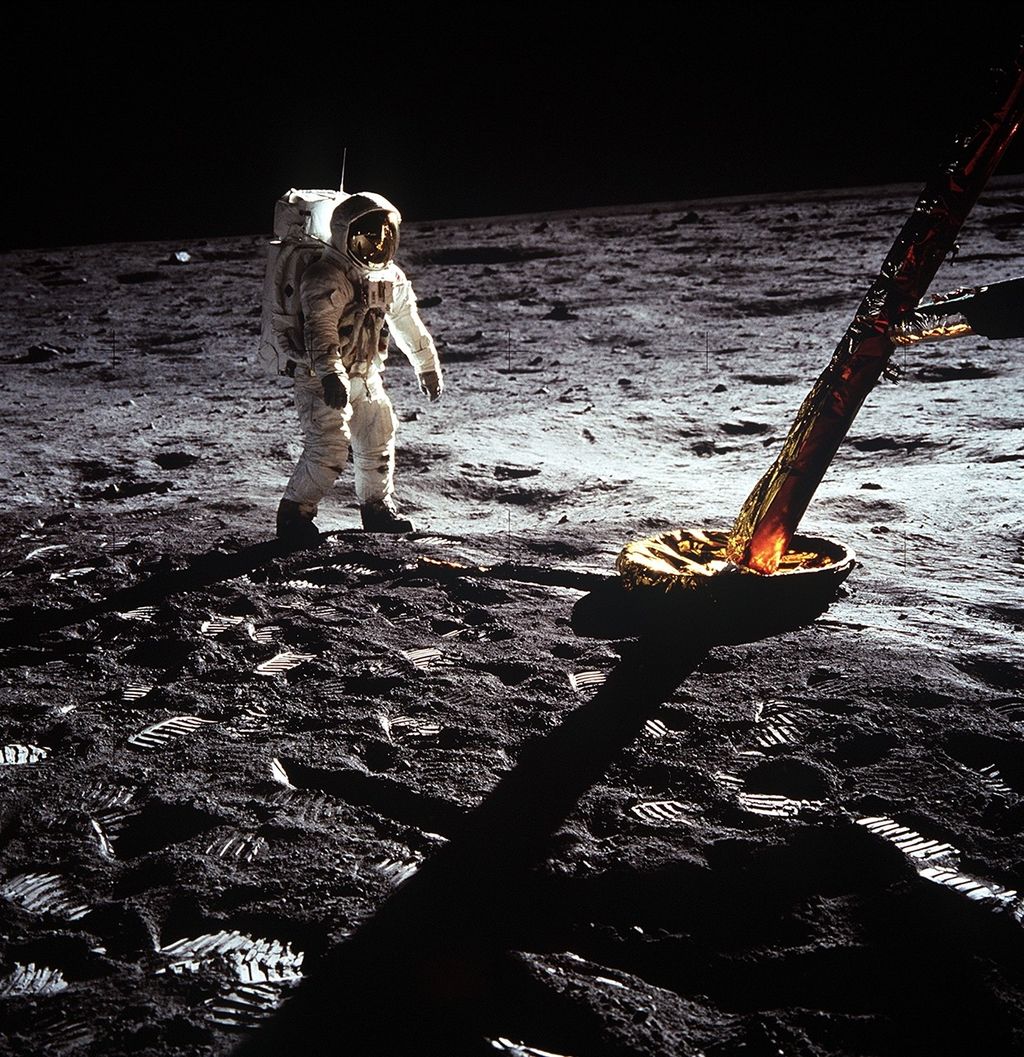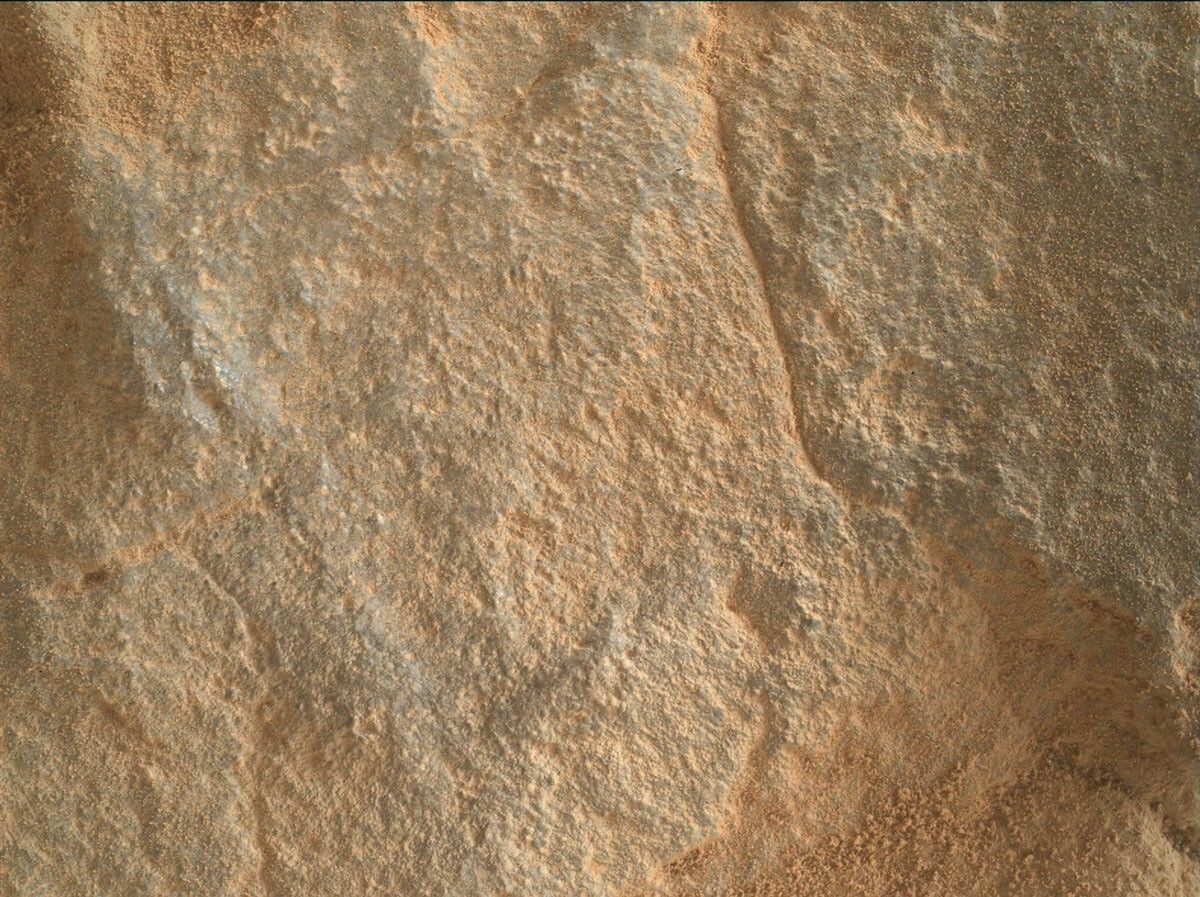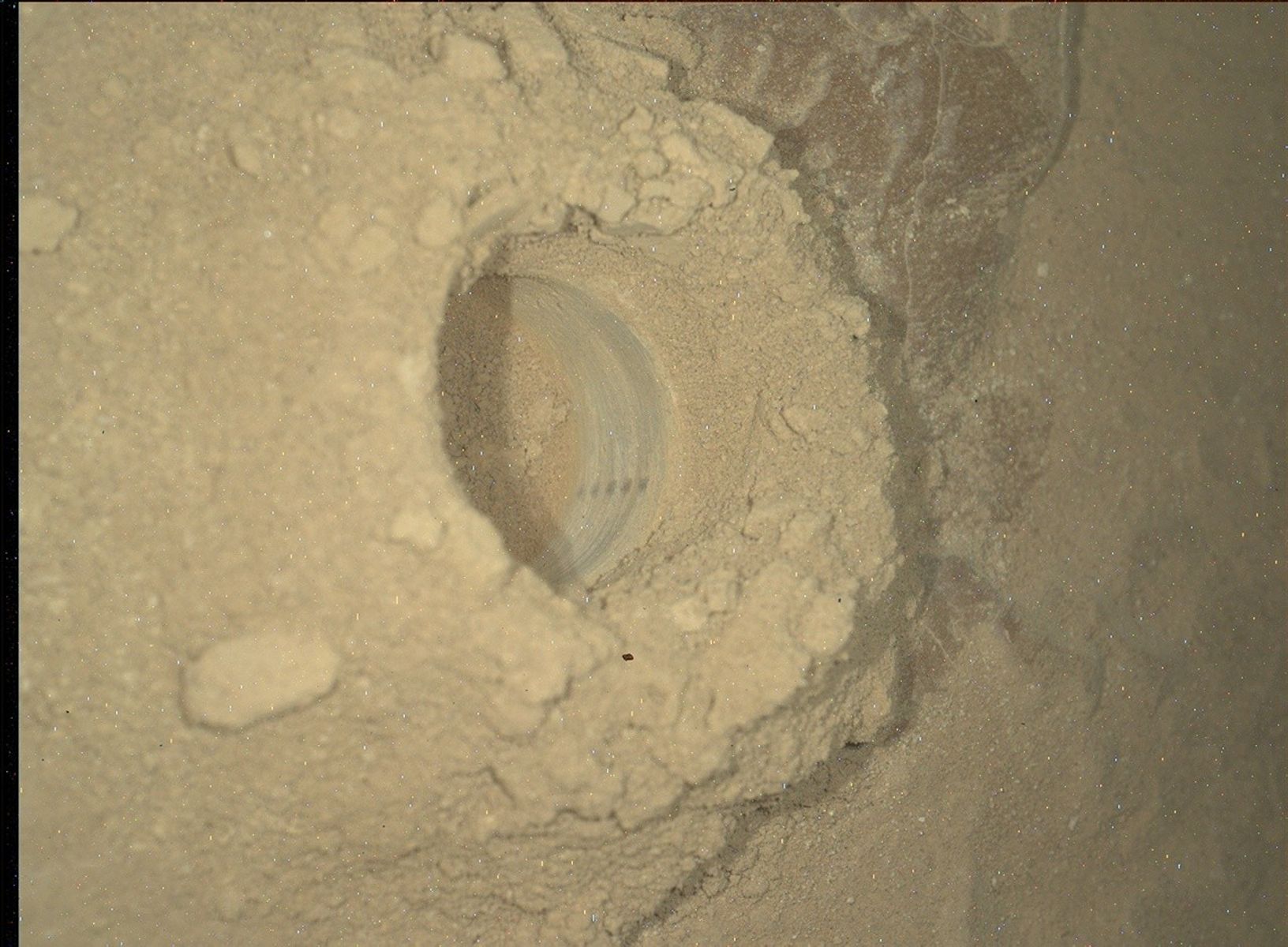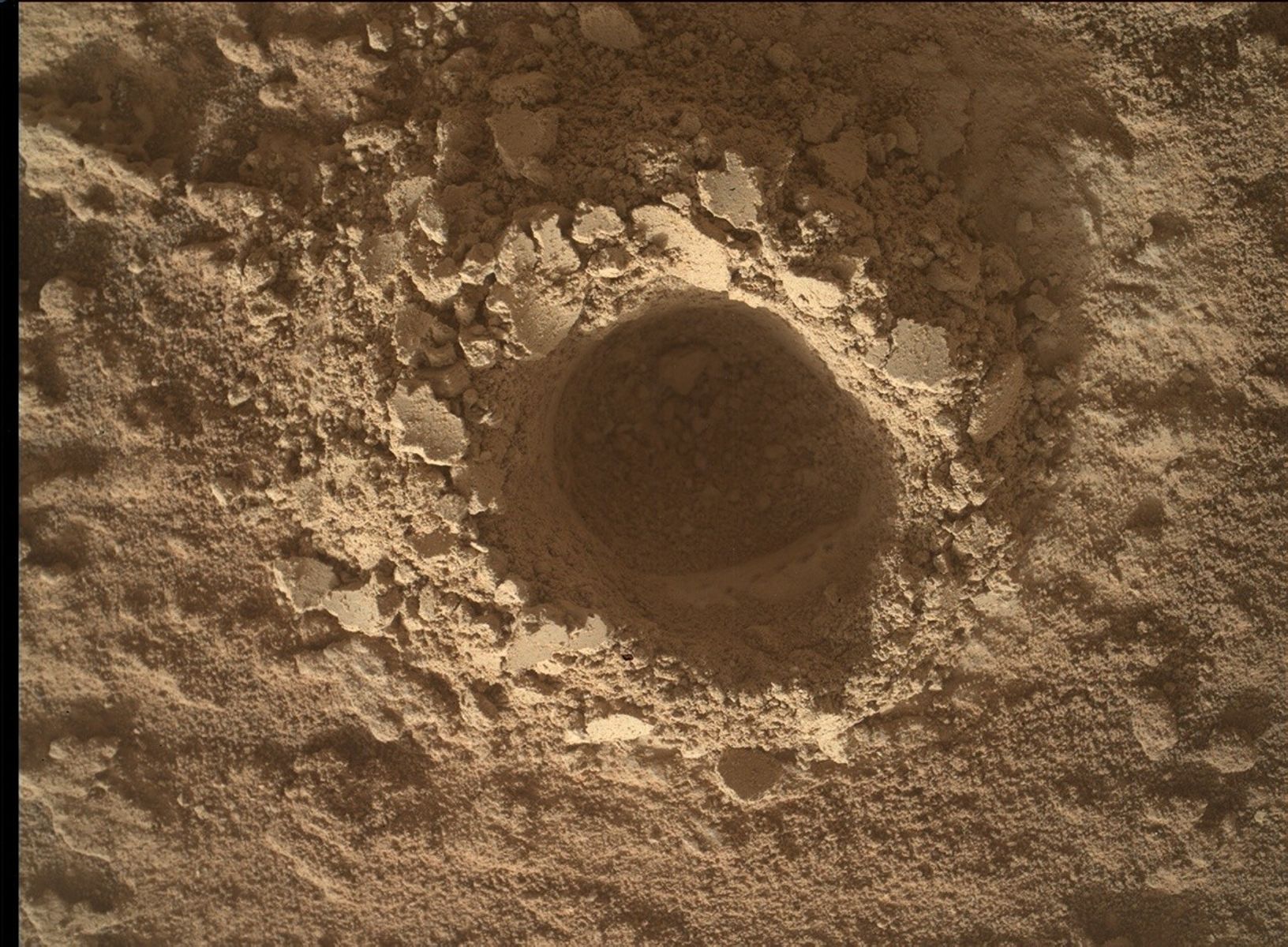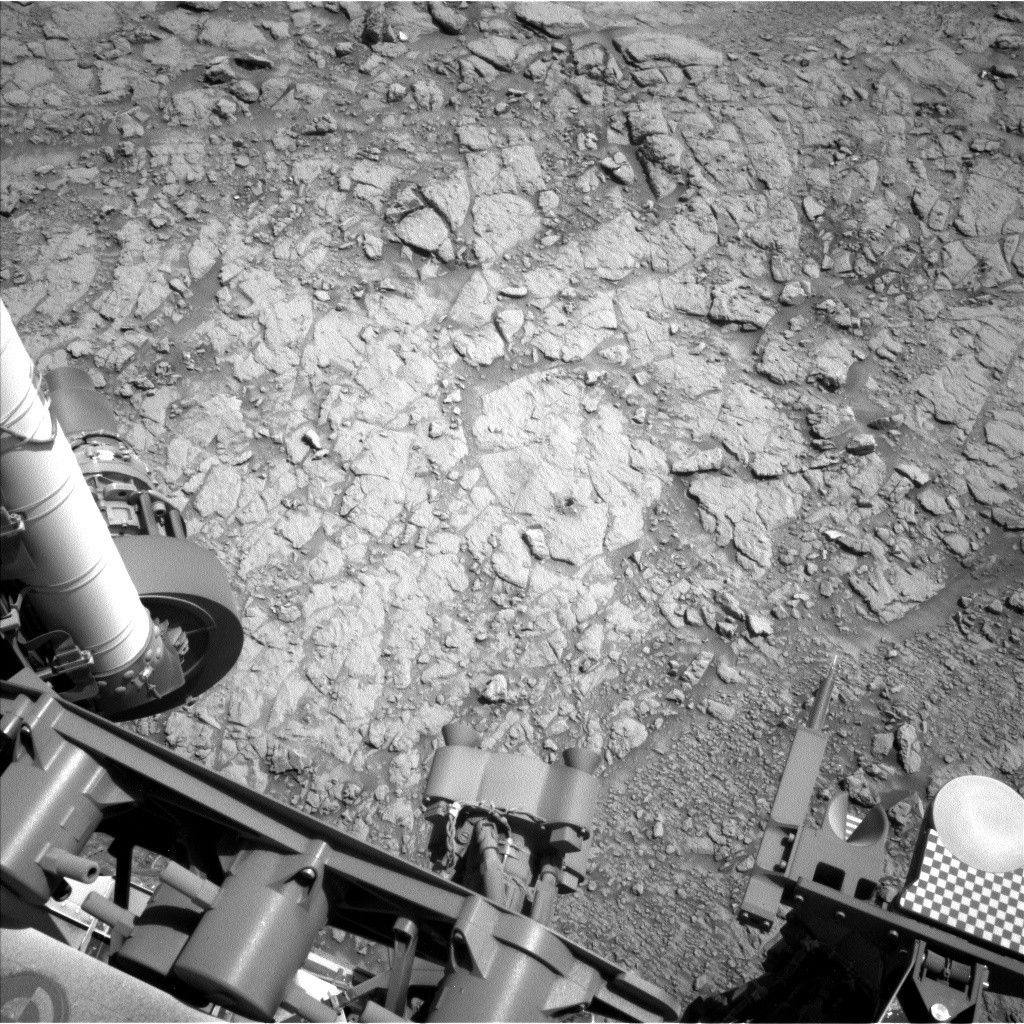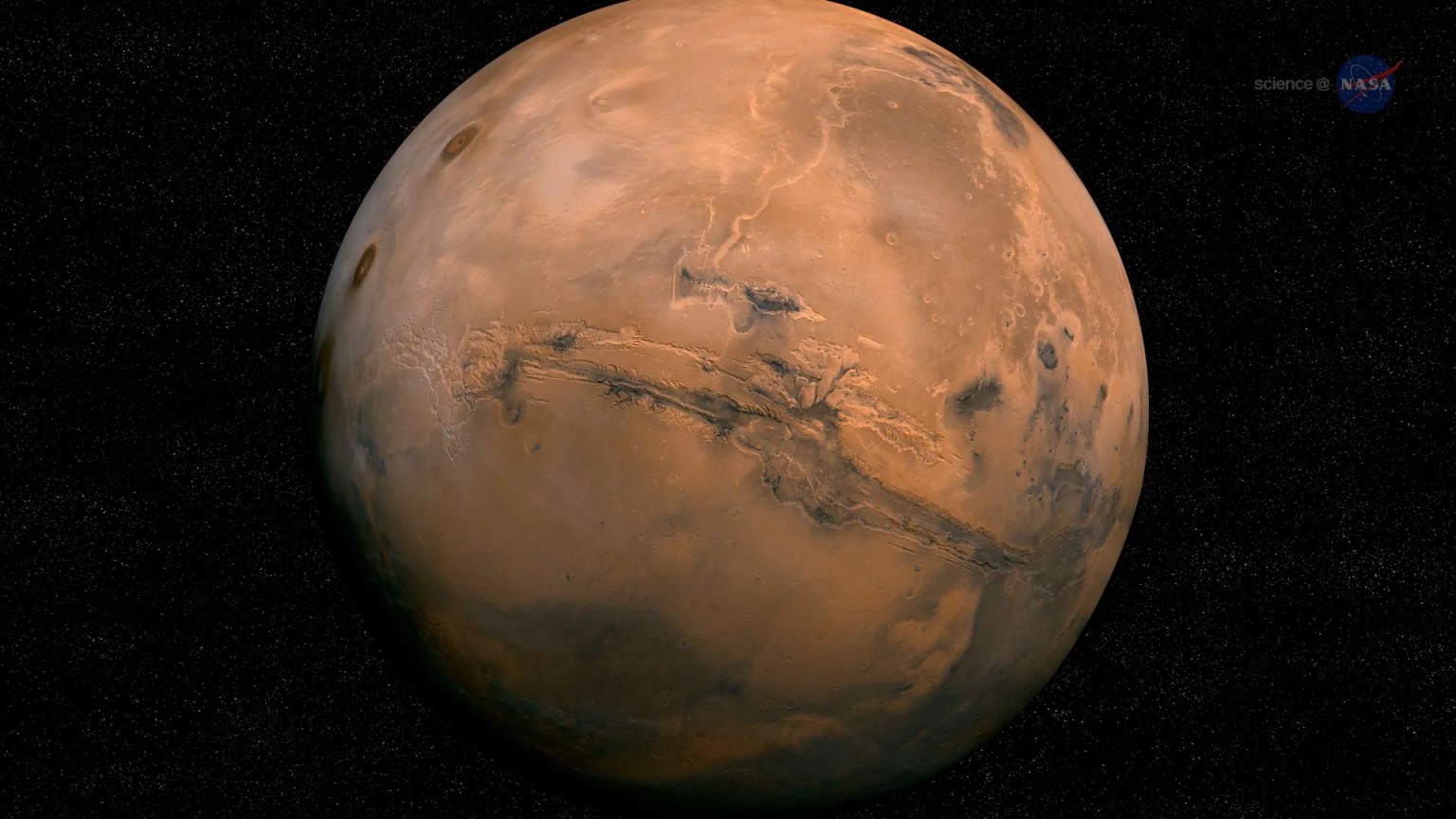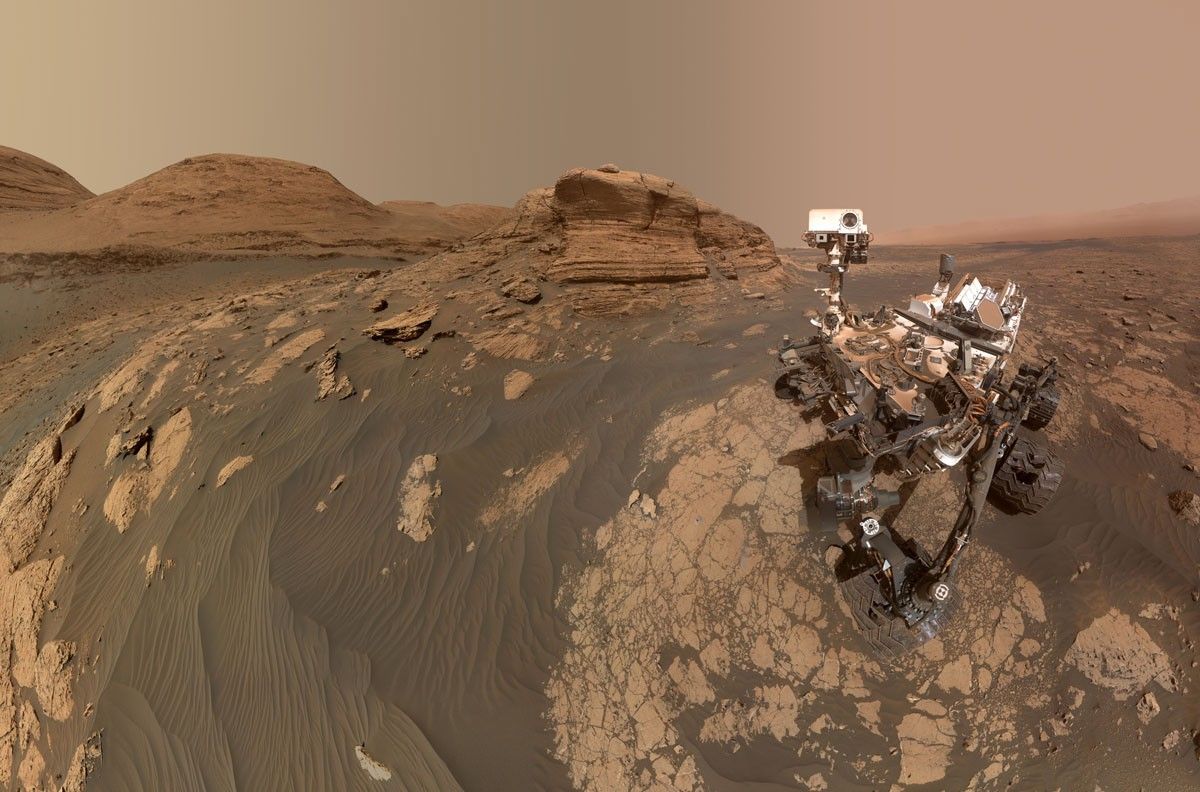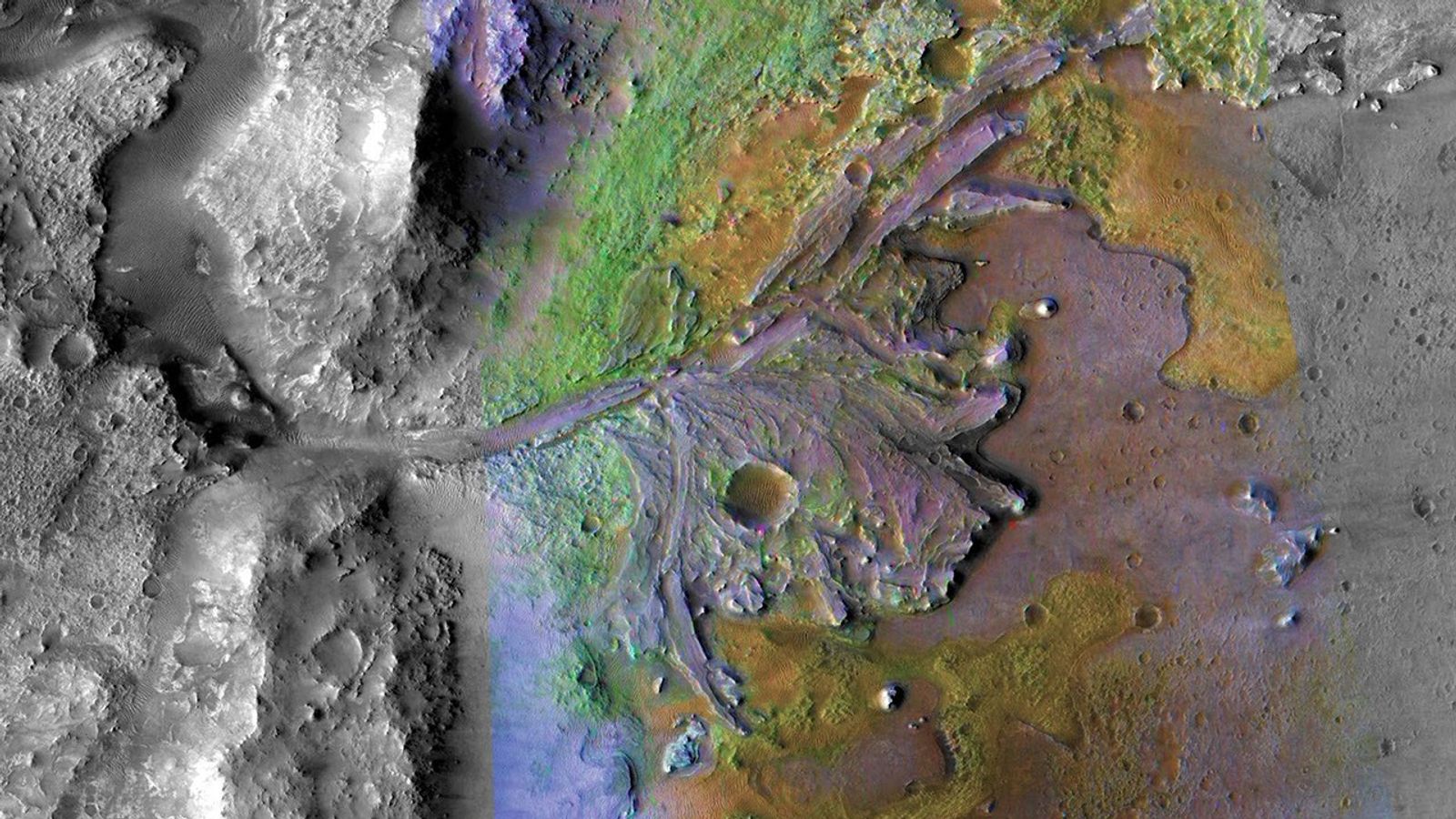Due to an issue with the Sol 3410 and 3411 plans, parts of the Sol 3410 plan didn’t execute and the planned drive did not occur. But the Sol 3409 contact science activities completed successfully, returning nice MAHLI images of bedrock.
Because the rover did not move, the high-gain antenna view of Earth is still occluded, preventing direct communication from Earth and daily uplink. So we will have to send commands to one of the Mars orbiters for relay to the rover from orbit. We can't use this technique every day, so we will not be able to send commands to the rover for Sol 3412 and focused today on planning Sols 3413 and 3414. This situation made for an exciting and sometimes stressful day for me as SOWG Chair, but happily we were able to plan lots of good activities. Sol 3413 will be a "touch and go" sol, starting with an APXS integration on a bedrock slab named "Appleby" and ChemCam observations of "Geary Ravine" and the Gediz Vallis ridge in parallel. Then MAHLI will acquire a full suite of images of Appleby and observe another bedrock slab called "Achvarasdal" from 25 and 5 cm above the target. Mastcam will take a multispectral set of images of the "Skaw Granite" brushed spot and document ChemCam LIBS targets. Mastcam will also acquire a 6x6 stereo mosaic of "Lamington Sandstone" before the rover drives toward the northwest and takes a bunch of post-drive images from its new location. Another MARDI twilight image is planned, followed by an overnight APXS measurement of atmospheric chemistry.
Early on the morning of Sol 3414, Mastcam and Navcam will measure the amount of dust in the atmosphere and search for clouds overhead and above the horizon. Later that sol, ChemCam will autonomously select a LIBS target and shoot its laser at 5 spots on it. Mastcam and Navcam will then measure dust in the atmosphere again, and Navcam will search for clouds and dust devils. We are looking forward to getting the vehicle into an attitude that will allow direct from Earth communication!
Written by Ken Herkenhoff, Planetary Geologist at USGS Astrogeology Science Center


